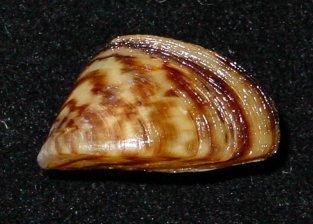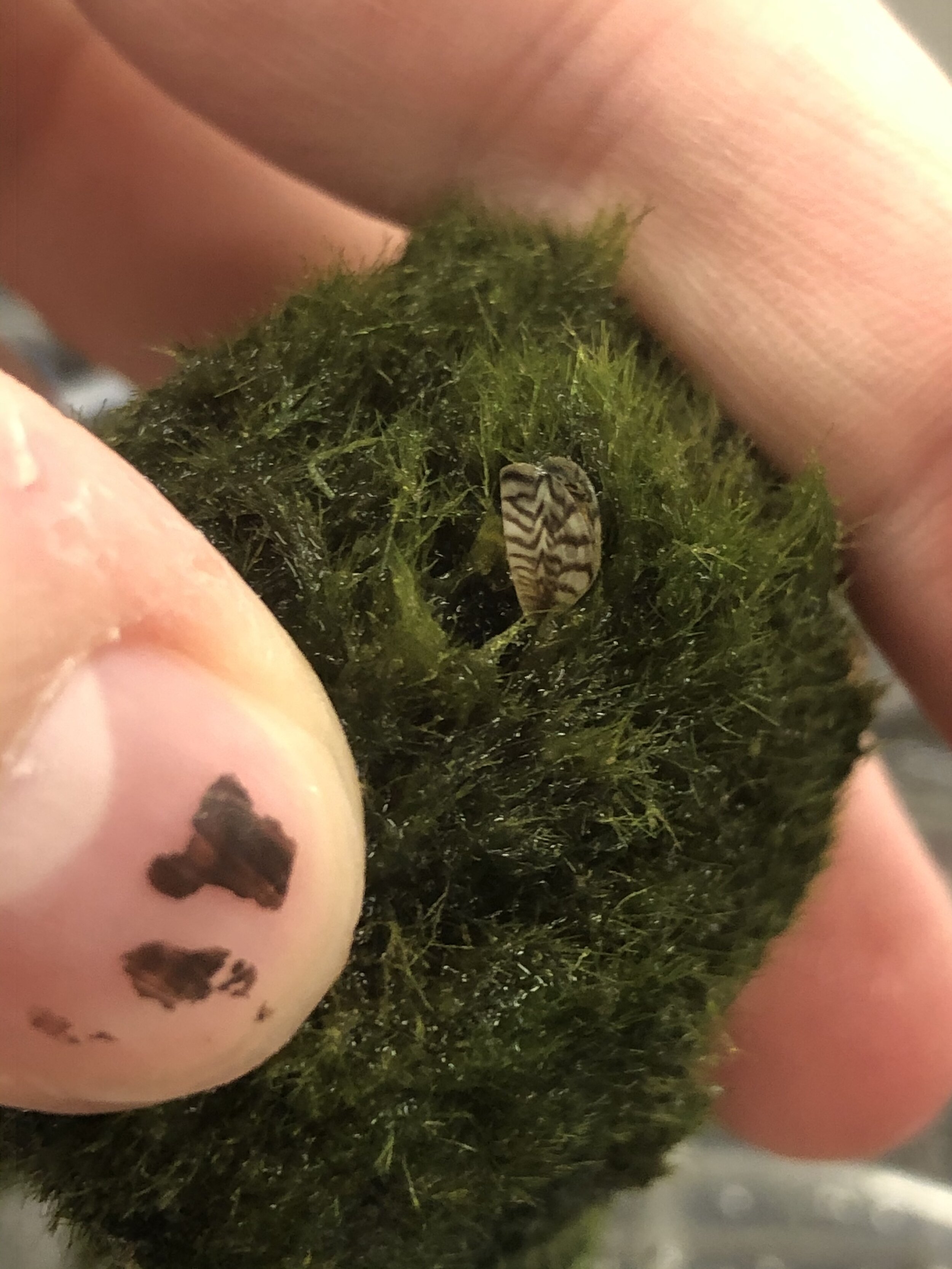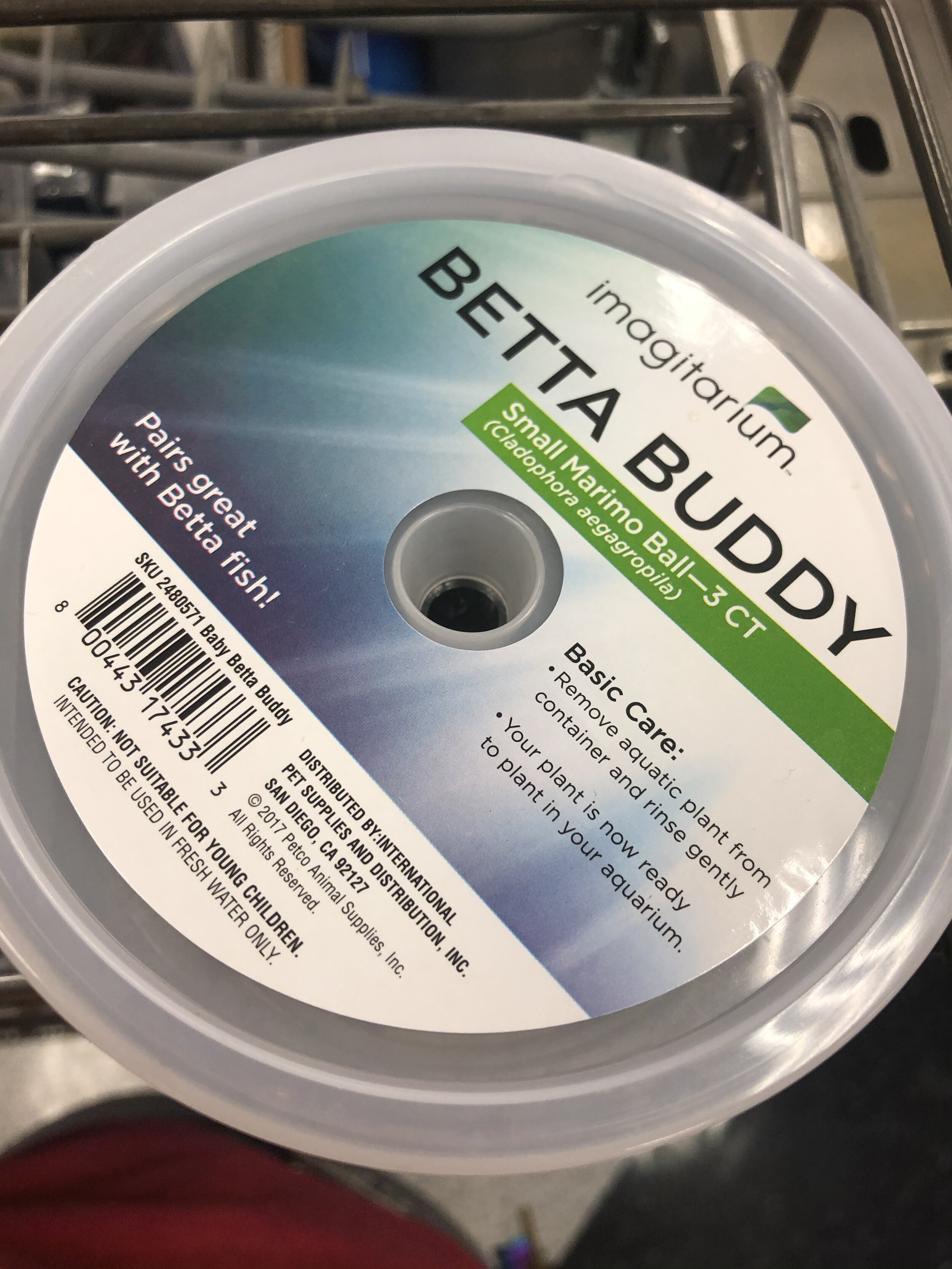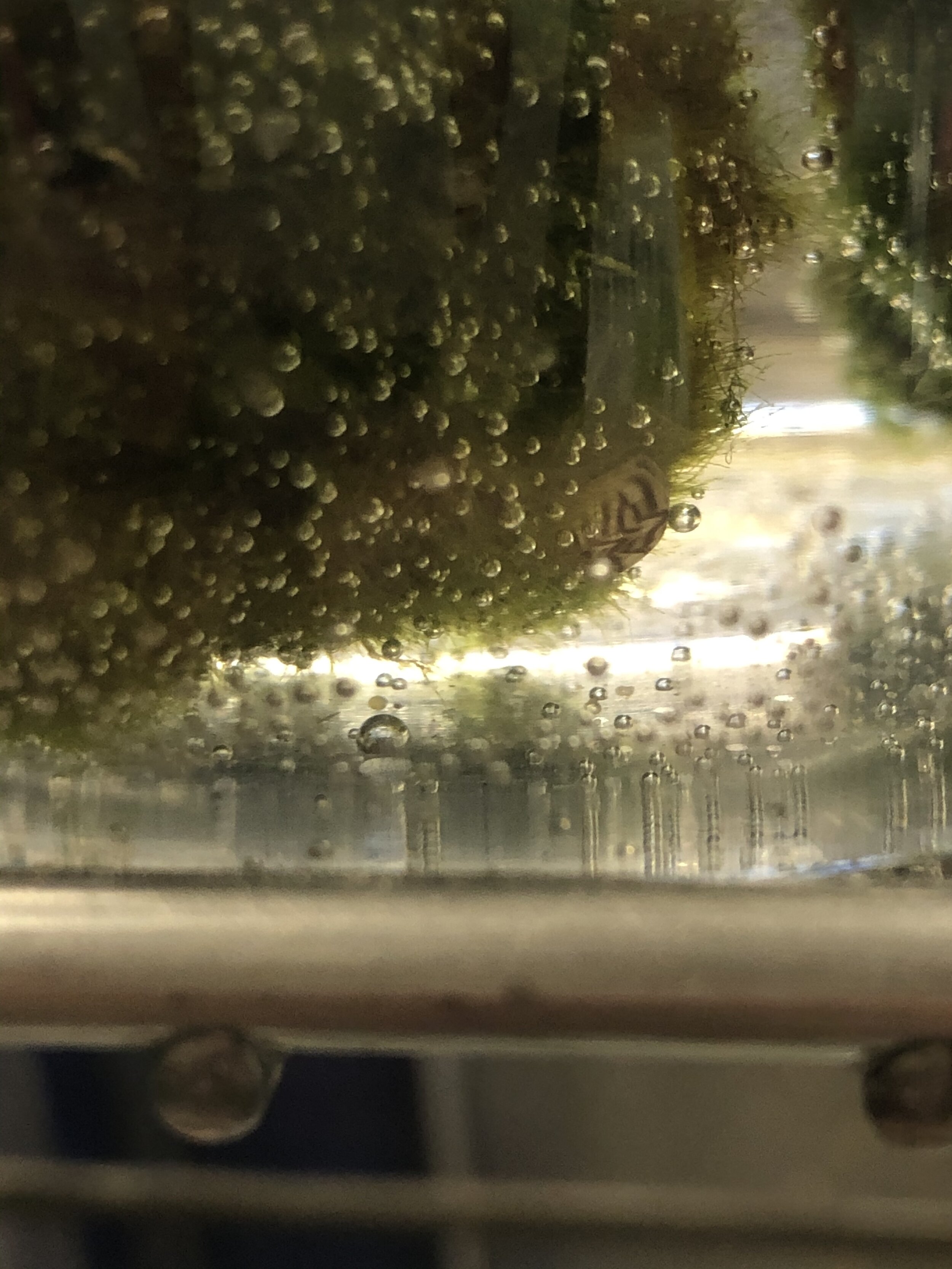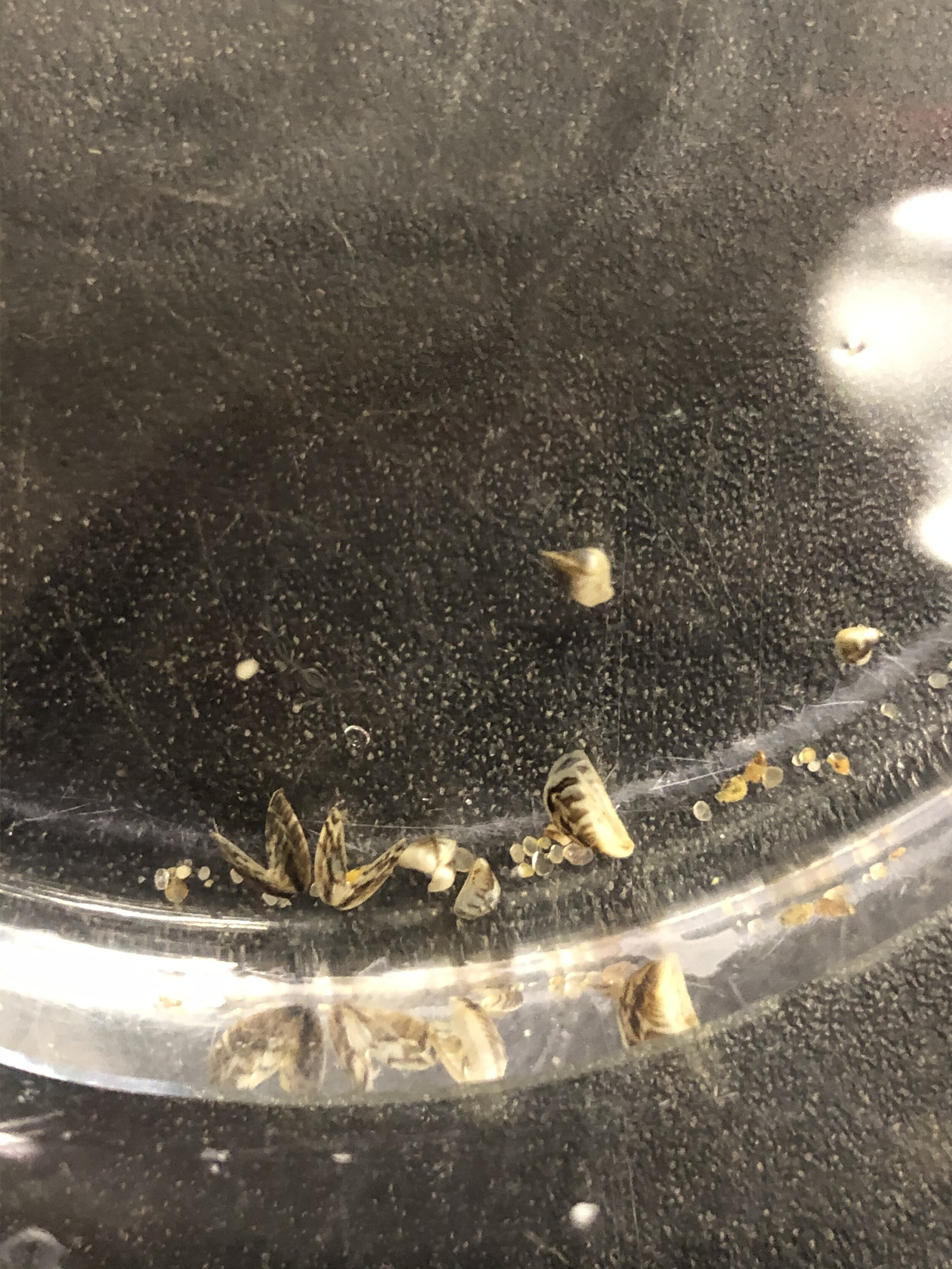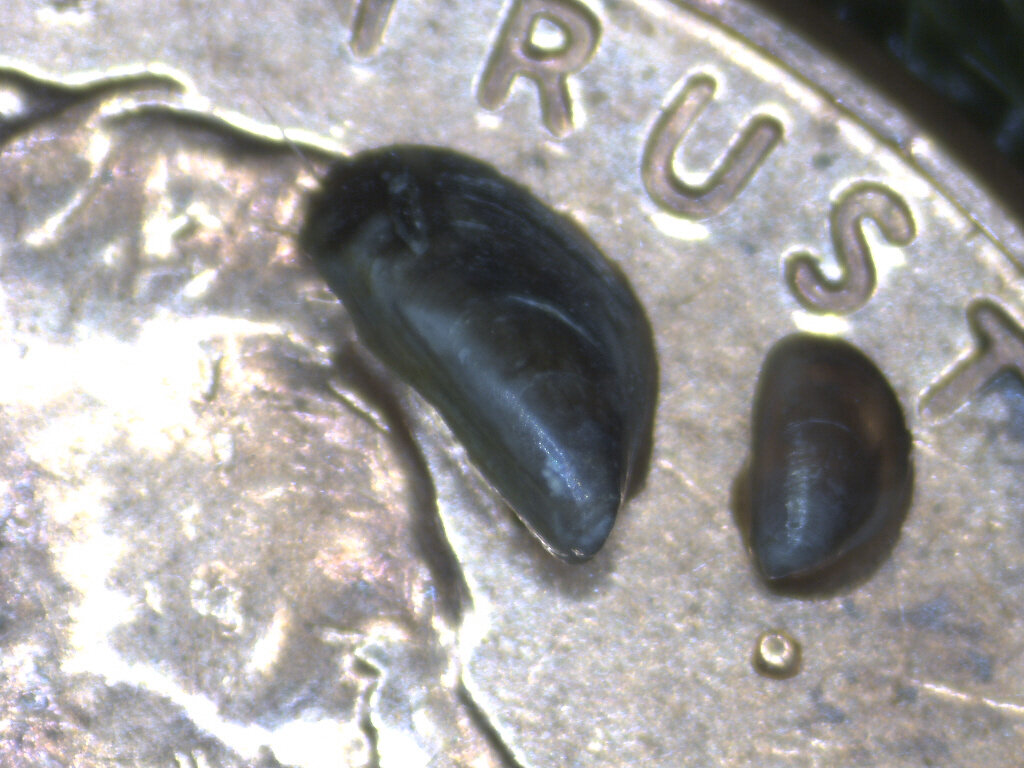OISC Publishes Invasive Species Threats & Opportunities: A Primer for Oregon Policymakers
/The Oregon Invasive Species Council is pleased to share Invasive Species Threats & Opportunities: A Primer for Oregon Policymakers. The primer includes an overview of the importance of prevention and rapid response to avoid widespread consequences, examples of invasive species of concern across the state and the pressing invasive species threats within the geographic regions of Oregon, an overview of the state invasive species programs and lead state agencies, and more.
This publication was developed through a collaborative effort of the members of the Oregon Invasive Species Council to provide a briefing of selected serious threats from invasive species and opportunities to address these issues that span jurisdictions.



